Tahawus, pronounced “tuh-hawz,” is a village, now vacant, a mere ghost town that can be found in the Adirondack Park, a part of the Forest Preserve in the northeast of New York. The birth of this place can be traced back to the nineteenth century, to a time and age when this settlement started to gain some popularity due to its iron ore mines.
People came from far and wide so that they could be part of this new, and pretty soon thriving, industry. The iron ore rush was ignited in 1826 by Archibald McIntyre and David Henderson when they discovered iron ore deposits in this area. And for thirty years, from 1827 to 1857, the ore was extracted with middling and modest success.
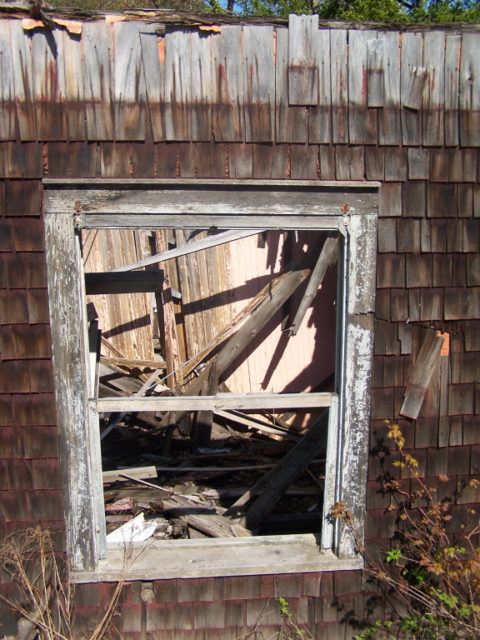
The mining operations were done by the Adirondack Iron Works and were spread across two farms and the operation itself was backed up by a blast and puddling furnace, a forge, brick kilns, trip hammers, a saw mill and grist. The village itself consisted of no more than sixteen houses and one community building, adorned with a cupola, that was either used as a general assembly room, church, or as a school. Tahawus even had its own bank.
In spite of impurities in the iron ore, mainly titanium dioxide, the mine was very productive and the Adironack Iron and Steel Company turned out steel that commanded a high price relative to it’s competitors. But it was the difficulty of removing the impurities with the technology of the time, coupled with it’s hard to access location that contributed to the eventual downfall for Tahawus.
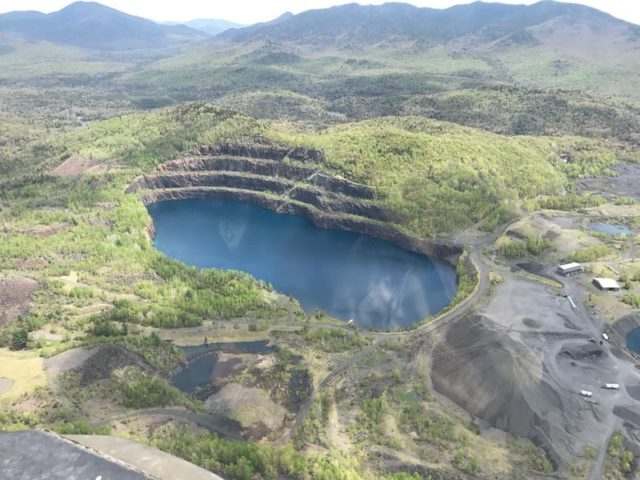
The financial burden of transport problems, a nationwide economic crisis, and a devastating flood, proved to be enough for the inhabitants of this community and so they left. After thirty years of mining, the town became abandoned. As time went on, the land around Tahawus found a different use: lumbering.
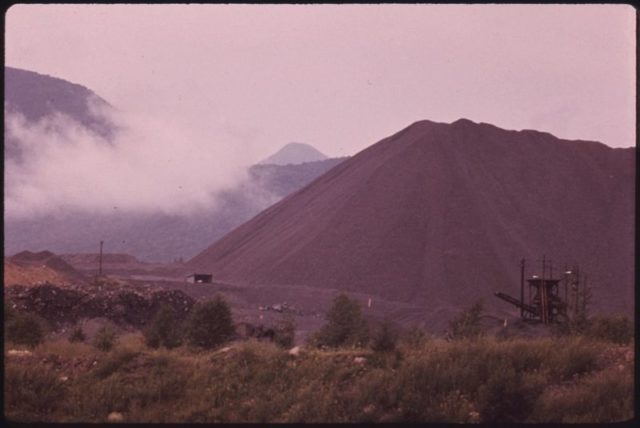
For this purpose, the Preston Ponds Club was created, following the initiative of James R. Thompson in 1876. Thompson, an agent for the Adirondack Iron Works, already used this lonely land for his own leisure, inviting friends along on frequent fishing and hunting trips. After the formation of the club, Thompson and his friends got reoriented towards protecting the fish reserves.
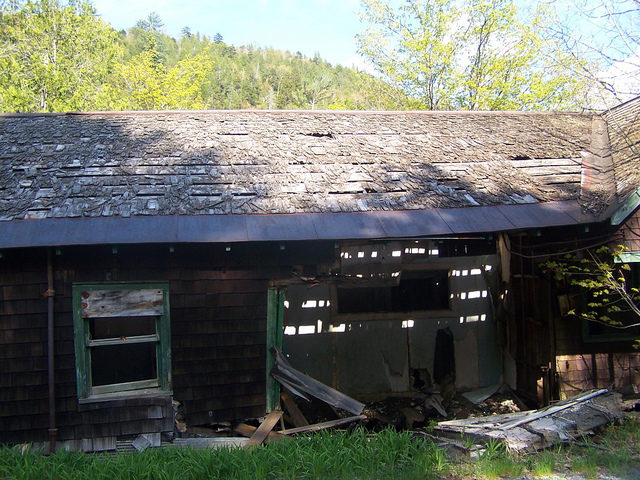
With time, the club grew to a significant size. The name was changed the Adirondack Club in 1877, and the land that they leased now covered all of Tahawus Tracts. Some 20 years later the club changed its named once more and became the Tahawus Club.
Another interesting fact tied to this place is the visit by then-Vice President Theodore Roosevelt in 1901, a period when the presidency of William McKinley was nearing its end. It was during his sojourn in Vermont, while he was staying at Tahawus, when Roosevelt found out the President William McKinley was shot by Leon Czolgosz, so he hurriedly made plans to go to Buffalo.
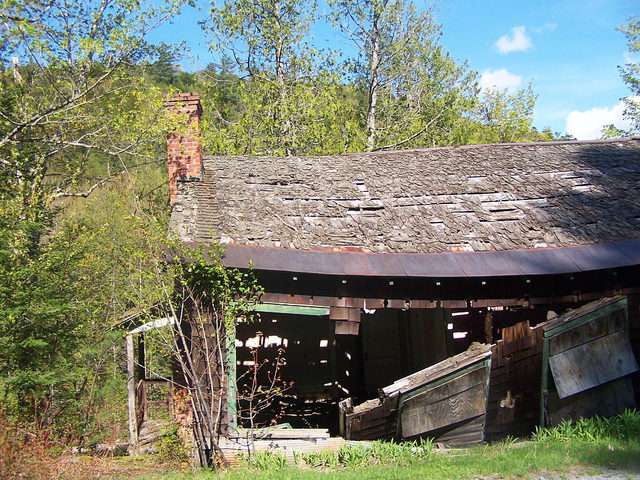
Once Roosevelt learned that the condition of the President was stable he resumed his family holiday in the Adirondack region. He embarked on a hike up Mount Marcy, but was called back by a mountain ranger bearing another notice, and this one was stating that the President’s condition was critical. Once more Roosevelt ended his vacation and set forth to Buffalo. With time Roosevelt was informed about the death of the President which following the law meant that now he was the President of the United States.
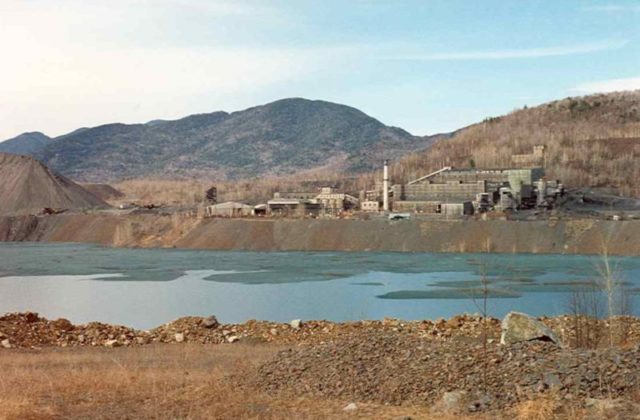
After more than 80 years the mine was reopened, but this time the goal was to mine the titanium dioxide itself for the technology for it was now ripe. And so the National Lead Industries brought life back into these forgotten lands.
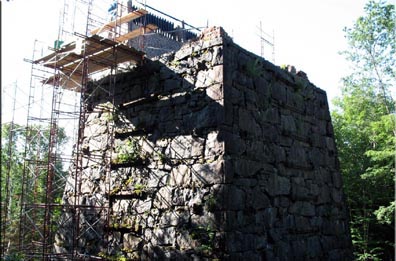
Naturally, a new community was born named Tahawus. By the end of the Second World War, the village grew and now numbered around 84 structures. The area and the mining business boomed until 1989 when everything was once more closed and abandoned. No more than 10 buildings and much brooding is all that is left of this community as efforts for its preservation are well underway.
